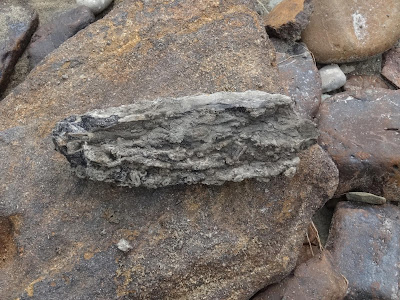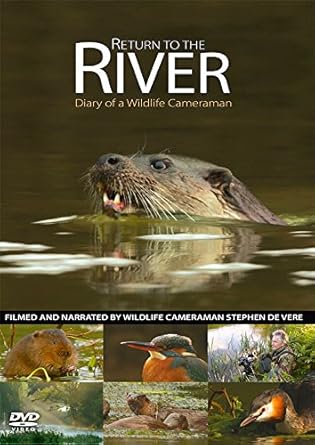But in autumn last year we visited with the intention of finding signs of an animal that became extinct 120 million years ago - dinosaurs.
Back then the Isle of Wight was part of a large river complex of rivers, swamps and ponds that stretched from the south of England through northern Europe, where over 20 species of dinosaur lived, mated and died and over time the swamps turned to rocks and the rocks became cliffs and the dinosaur bones turned to stone. Like this iguanodon foot sited in the Dinosaur Isle museum:
.
.
But it's not only bones that become fossilised, buy on occasion the dinosaur's footprints do as well, like these at Hanover Point on the island's south coast.
The three toed footprint matching the remains of the iguanodon which was found nearby.
.
.
The footprints fossils were formed by the imprint of the dinosaur foot being filled with mud and sediment, this gradually tuned to white rock sandstone and formed the distinctive cast while the rest of the stone was eroded.Although some aren't as obvious as others:
It's not just dinosaurs that have left their mark on the beeches of the Isle of Wight, there are countless fossilised shells:
.
.
And even fossilised wood, from the time when the area was covered in forests - perhaps even browsed upon by the same animals which left these footprints.
.











